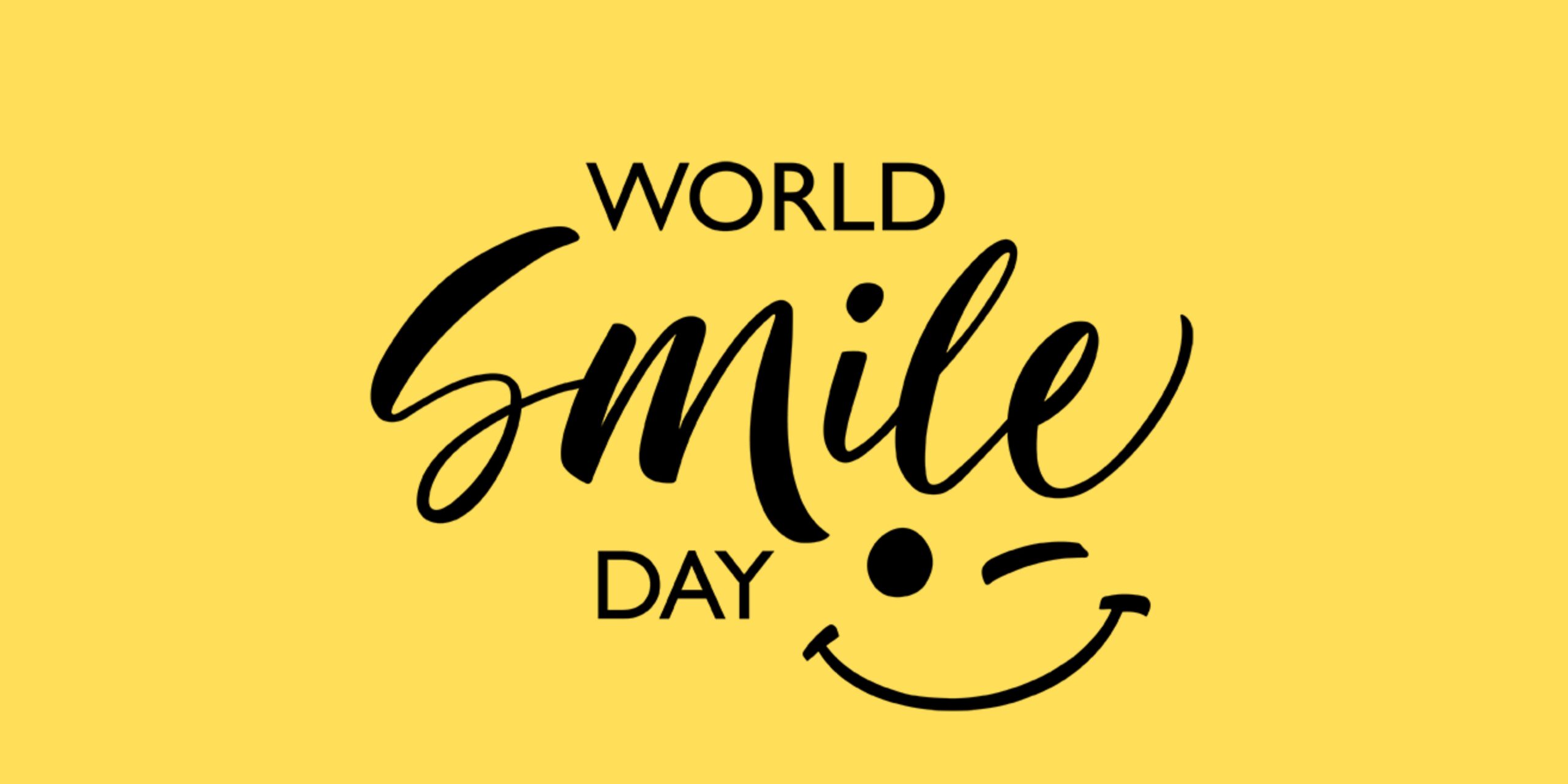Celebrated every last Wednesday of September, National Women’s Health and Fitness Day was established in 2002 to promote women’s physical fitness and health awareness. The attitude toward women’s health and fitness has come a long way from the days of the corset (a fashionable piece of wardrobe for women from the 1500-1900s, later discovered to cause weakened pectoral muscles) to the early 1940s, where female gyms were called “reducing salons.” Today, we are more enlightened and aware of women’s health, but women still face challenges. Although the following three health issues affect both genders, women face unique concerns and/or are more susceptible to these diseases.
Heart disease
Heart disease is the number one killer for both women and men. However, the specific issue for women is that the disease is often underdiagnosed, to the point that it is too late once the condition is discovered. Typical heart attack symptoms are chest pain and shortness of breath, but women may experience vomiting and nausea. Symptoms to women are often typical conditions for women, so both doctor and patient often miss them. A well-balanced diet and exercise can help reduce the risk of heart disease.
Breast cancer
Breast cancer is one of American women’s most common types of cancer. Risk factors, including age, family history, race, early onset menstruation, excessive alcohol consumption, and obesity, can all affect a women’s chances of getting breast cancer. These factors are not exclusive, but controlling weight, exercising, quitting smoking, and regular doctor visits with appropriate screening for breast cancer are essential healthy habits to consider.
Osteoporosis
This disease causes bones to become weak and brittle – so brittle that a fall or even minor stresses like bending or coughing can lead to bone fractures. This disease affects women and men of all races and ages, but post-menopausal white and Asian women tend to be at high risk. Women with a low body mass index and a diet low in calcium and Vitamin D are also at risk. Fortunately, osteoporosis is highly preventable. Behaviors that women develop in their earlier years (childhood, adolescence, and early adult years) have a huge role in the development of the disease. Because bodies build up most of their bone mass until age 30, an early active lifestyle sets up a good foundation for the bones. In later years, adequate calcium consumption and weight-bearing physical activity are essential to maintain bone health.
A healthy lifestyle, a well-balanced diet, and regular exercise are vital to combat most diseases. National Women’s Health and Fitness Day spotlights women’s physical fitness and health awareness, but everyone would benefit from committing to healthy habits.
About the Author: Lyja Levas
Lyja Levas has worked in the fitness industry for over 20 years and is an ACE Certified Personal Trainer and AFAA Certified Group Exercise Instructor. She is a BaySport Program Manager and BaySport’s Group Exercise Coordinator. Lyja enjoys an active lifestyle and spending time with family and friends.
Sources:
https://www.webmd.com/women/features/5-top-female-health-concern
https://www.nm.org/healthbeat/healthy-tips/9-health-issues-every-woman-should-understand
https://www.mayoclinic.org/diseases-conditions/osteoporosis/symptoms-causes/syc-20351968
Photo by Cliff Booth: https://www.pexels.com/photo/photo-of-women-stretching-together-4056723/



